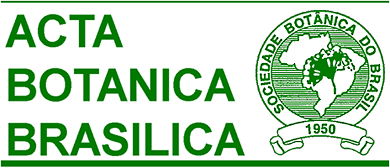Open Access
Acta Botanica Brasilica
Publicação de: Sociedade Botânica do Brasil
Área:
Ciências Biológicas
Versão impressa ISSN:
0102-3306
Versão on-line ISSN: 1677-941X
